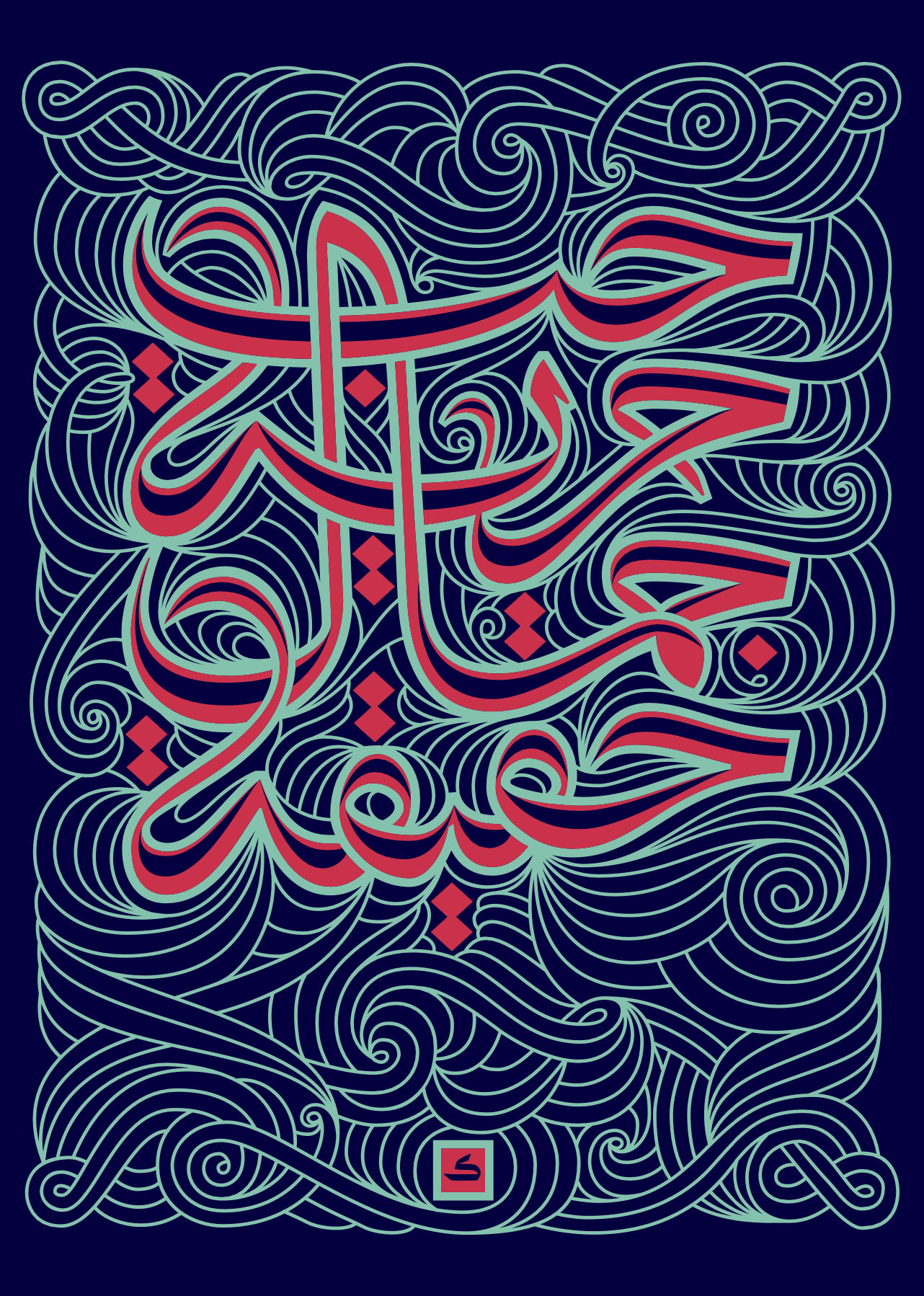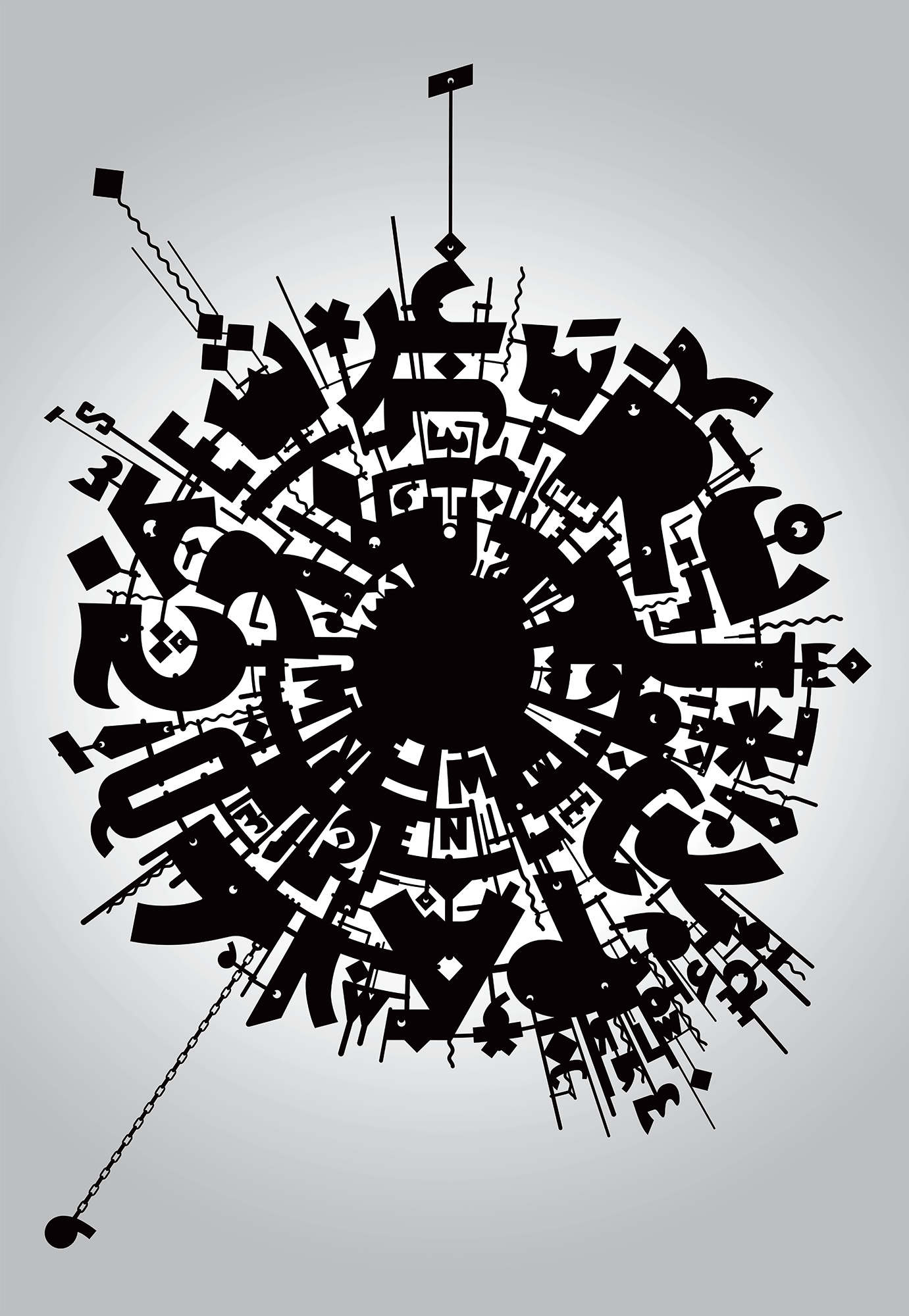- Academics
- Admissions & Enrollment Services
- Research
- Academic & Creative Spaces
- Strategic Partnerships
- Our Impact
- Student Affairs
- Campus & Community
VCUarts Qatar at the 2025 London Design Biennale - June 5–29, 2025
VCUarts Qatar’s Gallery Presents Works by Over 30 Leading SWANA Designers
February 15, 2024
Categories

The exhibition “reflects the growing interest in graphic expression from under-recognized creative regions of the world” and contains works by more than 30 of a select group of contemporary designers from the SWANA region, and its diaspora
Exhibition focuses on contemporary Arab and Persian graphic design


The Gallery at VCUarts Qatar is currently hosting the “Inner Structures – Outer Rhythms: Contemporary Arab & Persian Graphic Design” exhibition.
The exhibition “reflects the growing interest in graphic expression from under-recognized creative regions of the world” and contains works by more than 30 of a select group of contemporary designers from the Southwest Asia and North Africa (SWANA) region, and its diaspora, including Mohammadreza Abdolali, Reza Abedini, Mariem Abutaleb, Akakir Studio, Yusef Alahmad, Azza Alameddine, Khajag Apelian, Lara Assouad, Acil Benamara, Naïma Ben Ayed, Nadine Chahine, Omaima Dajani, Tawfiq Dawi/Hey Porter!, Homa Delvaray, Naji El Mir, Karim Farah, Ayman Hassan, Studio Kargah, Amir Karimian, Kemistry Design, Muiz Studio, Yara Khoury Nammour, Wael Morcos, Hussein Nassereddine, Hamid Mirza Qorbanpour, Studio Safar, Kristyan Sarkis, Nisrine Sarkis, Bahia Shehab, Jana Traboulsi, and Turbo.
The exhibition is curated by Dr. Huda Smitshuijzen AbiFarès, a Lebanese-Dutch typographer, writer, researcher, graphic designer, and curator. She is the founder and director of the Khatt Foundation, in Amsterdam. She specializes in Arabic and multilingual typography.
The exhibition gives voice to a central and more inclusive global design discourse that recognizes the power of graphic design and typography in communicating social change, local cultural concerns, and universal human and environmental challenges.
Dr. AbiFarès explained, “The diversity of graphic expression in Arab and Persian graphic design is linked by the creative use of the Arabic letterforms in an ever-evolving and playful manner. Developments in Arabic typography of the twenty-first century have been marked by a division between fluid calligraphic designs and structured geometric compositions. Sometimes the two mix in intricate and unexpected ways, revealing complex and engaging rhythms.”
The exhibition charts certain trends that reflect the specificities of Islamic visual culture, local aesthetic trends and contemporary design applications that respond to current events and socio-political concerns.
The exhibition features posters, videos, graffiti, books and typefaces, and is framed by four broad themes: Visualizing rhythm in poetry and music; Type and lettering for political activism; Designing for culture and the arts; and Beyond Arabic calligraphy.

